PORTLAND, Ore. — There is no set routine or repertoire for the soothing harp music Sharilyn Cohn chooses to play for her patients in medical facilities or homes in the Portland area. Sometimes she even adds her voice.</PARAGRAPH>
<PHOTO>
<TABLE WIDTH='250' ALIGN='RIGHT' BORDER='0'>
<TR>
<TD><IMG ALT='News photo' BORDER='0' SRC='../images/photos2009/nn20091105f1a.jpg' WIDTH='250' HEIGHT='376'/></TD>
</TR>
<TR>
<TD><FONT SIZE='1'><B>Soothes the soul: Music-thanatologist Sharilyn Cohn plays the harp for wheelchair-bound Lois
Braunschweiger in Portland, Ore., in this undated photo.
</B> KYODO PHOTO</FONT></TD>
</TR>
</TABLE>
</PHOTO>
<PARAGRAPH>The 55-year-old hopes the idea of using such music for end-of-life palliative care continues to gain momentum in the United States and spreads to places like Japan, where the population is rapidly graying.</PARAGRAPH>
<PARAGRAPH>'Music-thanatologists use harp and voice to address the physical, emotional and existential issues with the perspective delivery of music,' Cohn said in a recent interview, explaining that the field is about 30 years old but has become better known in the last decade or so.</PARAGRAPH>
<PARAGRAPH>'We are watching them, we are listening to them with all of our being and then responding musically to what we are observing and to what we are sensing,' she said.</PARAGRAPH>
<PARAGRAPH>As a certified music-thanatologist, she has intensely studied music, medicine and spirituality to carry out 'vigils' for the sick who are in the last minutes to year of life. Tuning into their breathing patterns and factoring in their medical records, she then produces just the right sounds.</PARAGRAPH>
<PARAGRAPH>Suffering from Alzheimer's, Lois Braunschweiger was unresponsive at first to the vigil held in her home, but the wheelchair-bound woman eventually opened her eyes, lifted her head and wore a tranquil expression as the music filled the living room.</PARAGRAPH>
<PARAGRAPH>Once the singing began, the 87-year-old surprisingly chimed in with her own phrase, repeating 'hear our prayers' seemingly in time.</PARAGRAPH>
<PARAGRAPH>Her daughter, Debbie Schulz, was astounded. Other family and medical aides were moved by the first-time experience. Some even cried.</PARAGRAPH>
<PARAGRAPH>'She has been talking about her mother and angels, so I think this was really comforting to her,' Schulz said. 'She is stuck between here and there and this is a nice transition step.'</PARAGRAPH>
<PARAGRAPH>As a professional cellist who thrilled thousands during her career with symphonies in Memphis and Atlanta, Cohn emphasized her music is not meant to entertain but to ease patients and their loved ones as the end draws near.</PARAGRAPH>
<PARAGRAPH>'When we are with a patient and their family it's not a concert, it's not entertainment and there's not applause,' the Florida native explained. 'Music-thanatology takes us back more to the healing arts aspects of music.'</PARAGRAPH>
<PARAGRAPH>Just as the ancient Greeks played special music at temples dedicated to Asklepios, the God of Healing, the Benedictine monks of Cluny, France, later used it to perform rituals for the dying. Their chants are still used today.</PARAGRAPH>
<PARAGRAPH>By altering the harp's melody, harmony and rhythm, Cohn explained a 'compound medicine' is unlocked and delivered in a way that is 'medicinal and healing.'</PARAGRAPH>
<PARAGRAPH>During a vigil at a Portland hospital for Deanne Johnson, Cohn's selections were barely audible above the ventilator and other loud medical equipment at first. Yet, as the session progressed, the 52-year-old, whose liver was failing, opened her eyes several times. By the end her breathing became less labored and seemed to flow in time with Cohn's sounds.</PARAGRAPH>
<PARAGRAPH>'My mom loved music and did not like hospitals. This was just a half hour of nice restfulness,' her daughter, Genevieve Brown, said. 'It helped block out the beeps.'</PARAGRAPH>
<PARAGRAPH>Cohn and other music-thanatologists are increasingly in demand as word of their services spread since Cohn cofounded the organization Sacred Flight back in 2001.</PARAGRAPH>
<PARAGRAPH>After graduating from the Chalice of Repose Project School of Music-Thanatology in Montana, Cohn and a few classmates hatched a plan to form a nonprofit organization in the Portland area.</PARAGRAPH>
<PARAGRAPH>Working hard, they reached out to the community and have succeeded as greater numbers of physicians, nurses and other medical staff have grown to rely on them.</PARAGRAPH>
<PARAGRAPH>While the executive director believes it is a solid accomplishment, she said, 'We still have a long way to go.' Her sights are now set on achieving bigger dreams.</PARAGRAPH>
<PARAGRAPH>'My path is not only to do this work, but to help develop and expand the field, hence the birth of our new training program,' she added. Another milestone was reached in July after the first batch of students graduated from Lane Community College's two-year program.</PARAGRAPH>
<PARAGRAPH>There are also glimmers of hope around the globe. Down under in Geelong, a certified music-thanatologist is single-handedly trying to promote training in Australia, while Cohn's American classmate in Tokyo is using her harp for therapeutic purposes and teaching others.</PARAGRAPH>
<PARAGRAPH>Cohn even envisions one day offering a university-level master's course for students from as far away as Australia and Japan. The instructor believes Japanese students, in particular, could enrich the program by adding Asian perspectives to end-of-life care.</PARAGRAPH>
<PARAGRAPH>'I would hope that the students would take music-thanatology back to Japan and begin the pioneering work there, helping to educate institutions and people and incorporate music-thanatology there,' she said. 'The use of music-thanatology in end-of-life care in Japan or any other culture could be beneficial to patients and their loved ones.'</PARAGRAPH>
<PARAGRAPH>Robert Hugo Richardson, who first met Cohn and her business partner, Barbara Cabot, about seven years ago when he was director of the Intensive Care Unit at Northwest Kaiser Permanente, has no doubts about benefits to anyone in the world.</PARAGRAPH>
<PARAGRAPH>He watched as Cohn's sounds calmed the bodies, minds and spirits of countless patients. Some were delirious with physical pain. Others were guilt-ridden over illnesses, such as closet alcoholism. Still others could not recuperate and were removed from life support.</PARAGRAPH>
<PARAGRAPH>'Music finds someplace in the human spirit that other places cannot touch,' he explained. 'I think the harp, the Celtic harp, for me is not just the music, but the vibration and the rhythm and all of these things that bring peace.'</PARAGRAPH>
<PARAGRAPH>Working closely with Japanese health professionals, Richardson believes the basic concept of music-thanatology could be incorporated into palliative care there.</PARAGRAPH>
<PARAGRAPH>'I think the music would have the same effect,' he said. 'I think it can work in Japan.'</PARAGRAPH>
<PARAGRAPH>Chie Imaishi, a registered nurse in Oregon who also worked at Osaka's Kitano Hospital from 1998-2001, believes physiologically speaking the music has universal appeal.</PARAGRAPH>
<PARAGRAPH>'No matter who we are, in which countries, I think this works,' she said, but stressed the importance of an individual's preferences. 'So overall this works anywhere, I think.'</PARAGRAPH>
<PARAGRAPH>The Japanese nurse first witnessed music-thanatology a couple of years ago at a dying man's bedside. With his family present, the leukemia patient's face seemed to become 'less tense' and Imaishi also explained in an e-mail that she felt as if the sound 'triggered –
my most vulnerable part of my heart."
While her professional focus is on promoting ways of better teaching palliative and hospice care to health care professionals, Imaishi hopes to share her knowledge in her home country.
"In the future, I would like to become a bridge between the U.S. and Japan in terms of palliative and hospice care," she said.





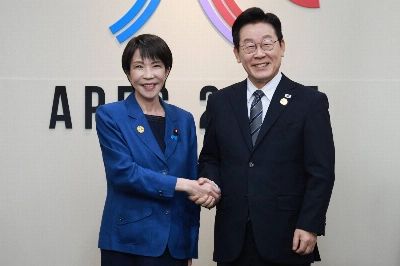

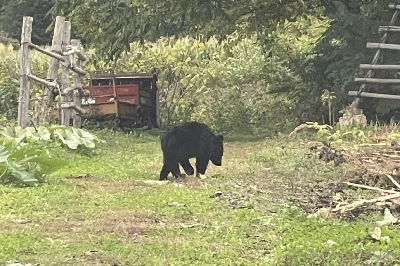


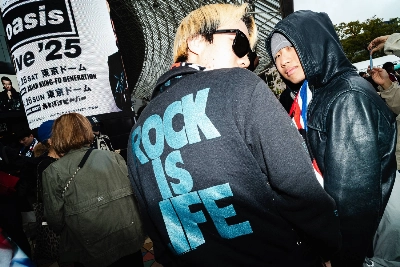

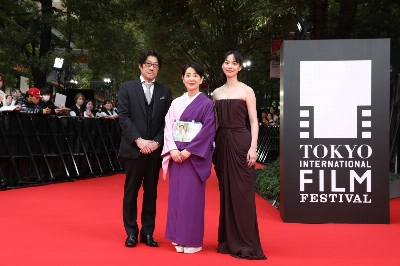
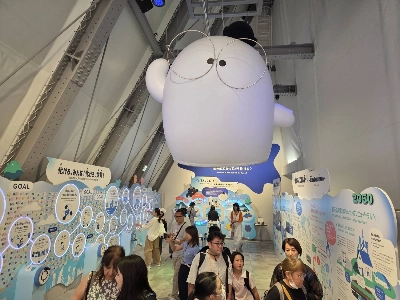

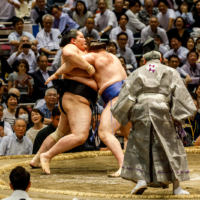

With your current subscription plan you can comment on stories. However, before writing your first comment, please create a display name in the Profile section of your subscriber account page.